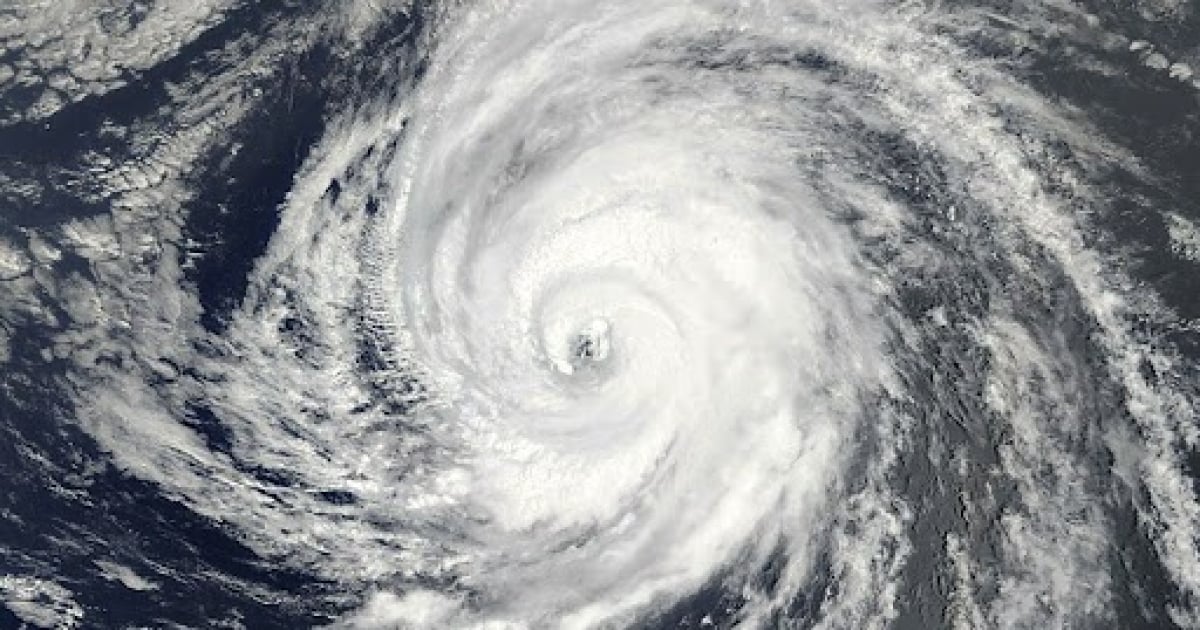
Hurricane Helene was the most intense tropical cyclone of the Atlantic hurricane season of 1958. It was the eighth tropical storm and the fourth hurricane of the year. Helene formed from a tropical wave east of the Lesser Antilles on September 21, 1958, and reached category four just 15 km from Cape Fear, North Carolina, before moving back out to sea. Despite not making landfall in North Carolina, its proximity caused significant damage along the east coast of the U.S. The strong winds resulted in widespread power outages, cutting telecommunications along the coast. In the United States, damages amounted to $11.2 million and there was one indirect death. After impacting the U.S., Helene produced strong winds and heavy rain across much of the Canadian Atlantic.
The total damages associated with Helene in the United States and Canada amounted to $11.4 million, making Helene the most expensive storm of the 1958 season.
Hurricane Helene of 2018 was a Category 2 tropical cyclone in the Atlantic that was notable for being one of the few tropical systems to approach Europe, affecting countries such as Portugal, Spain, France, and the United Kingdom.
It was the eighth named storm, fourth hurricane, and second major hurricane after the powerful Hurricane Florence in the 2018 Atlantic hurricane season.
Formed from an easterly wave coming from Africa, Helene rapidly intensified to reach category 3 over the warm waters of the Atlantic, but weakened as it approached Europe due to low ocean temperatures and increased wind shear.
Helene affected Senegal and Cape Verde with flooding and material damage, and passed through the Azores as a tropical storm with little destruction. In the Iberian Peninsula, the impacts were limited to strong winds and waves of up to 4 meters, while the United Kingdom and Ireland experienced winds of up to 90 km/h and heavy rain before Helene disappeared over Ireland.
Why the coincidence in the names of the three hurricanes?
The World Meteorological Organization (WMO), based in Geneva, is the entity responsible for naming hurricanes. It uses a strict process to assign names to these phenomena, creating annual lists for the Atlantic and Pacific. The Atlantic list includes 21 names, alternating between male and female, which are recycled every 6 years, and you can consult these names on the NOAA Atlantic Oceanographic and Meteorological Laboratory website. In the Pacific basin, the system is similar, but with a list of 24 names.
If a storm causes a significant impact in terms of human loss or material damage, any affected country may request that its name be permanently removed from the list.
Every time a new storm forms, the next name on the list is assigned, repeating the cycle once completed. However, if a storm has a significant impact in terms of loss of life or property damage, any affected country can request that its name be permanently removed from the list. This is to avoid confusion with a historically known cyclone and a current one in the Atlantic basin. Notable examples of this are the catastrophic and powerful Category 5 hurricanes Katrina in 2005 and Irma in 2017. Sometimes names are removed for other reasons, such as cultural or political considerations.
Is there then a possibility that Helene could be removed from the list of names for tropical storms, after naming three hurricanes, the most recent one with a high probability of causing severe damage if it reaches, as expected, the catastrophic category 4 on the Saffir-Simpson scale?
What do you think?
COMMENTFiled under: